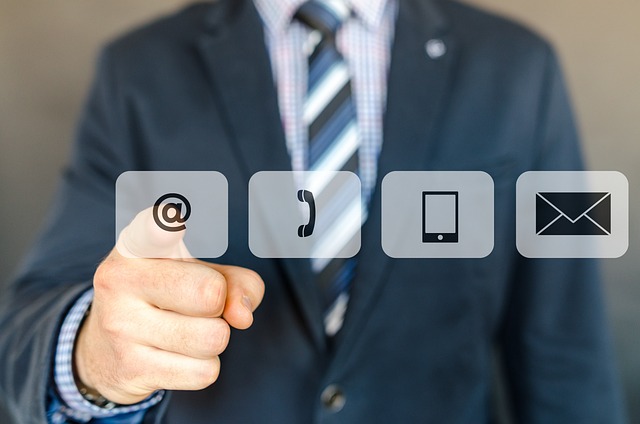Let’s move on to the specific stages of ecommerce marketing platform and try to create an ecommerce marketing funnel in practice. Consider the 7 main stages of building a funnel, without which any entrepreneurial activity will be chaotic at best, unprofitable at worst.
Stage 1. Work with the proposal
This is the preparatory stage at which you work with your product and service as much as possible, formulating your UTP – a unique selling proposition. In your UTP, you must clearly describe what you are offering, what benefits the buyer will receive and how you differ from competitors.
Boring UTP like “We have the best price, high quality, and short terms” no longer works. Your client wants specifics. When your offer (product or service) is ready and worked out, you can proceed to direct action and build a sales funnel step by step.
Stage 2. Getting cold contacts
Cold contact is a term for a potential circle of potential customers. This concept is often referred to specifically network marketing but it is quite correct to apply it to trade in general. Ultimately, the profit depends on the number of cold contacts: the wider is the circle of potential buyers, the greater is the likelihood of a transaction. Getting contacts is also a science, as is competent work with the proposal.
The techniques of real communication can be transferred to the Internet space: if you know how to build relationships in “real” life, then the online network will be even easier for you. The general style of negotiating or building a presentation on the site should always remain benevolent and easy.

Stage 3. Formation of interest in the proposal
The next logical step in building a sales funnel is to generate interest in the offer. This is a necessary stage in the process of increasing conversion. Involving users in the conversion funnel in e-commerce is a new but already well-studied area of marketing. The network is constantly creating and introducing into practice more new information and digital technologies to increase profits for companies engaged in e-business.
Stage 4. Work with objections (conviction)
The ability to work with objections is another tool that has been successfully applied to all branches of trade. The seller determines which objections he or she can hear from the interlocutor and prepares answers to them in advance.
In fact, he must neutralize all fears and doubts by convincing a person to purchase a product or service. It is better to do it gently and unobtrusively, although in some cases aggressive methods will be productive. In modern marketing, persuasion is based on indirect methods. Having made a purchase, the buyer believes that it was a purely conscious choice: in fact – the acquisition was the result of a complex psycho-emotional process, which was led by the seller.

Stage 5. Closing a deal
The sales funnel was created; the client successfully got into it and reached the bottom. Closing the deal is the final stage of conversion in the funnel. The success of the seller and the marketing system as a whole is determined by the number of closed deals. This is the main indicator of efficiency. In the sales funnel model, the number of contracts (purchases) is the lowest value and the most indicative one.
Stage 6. Analysis of the results
You can analyze the results at any stages of the funnel. Ideally, there should be no sharp jumps in indicators. The number of participants in the chain decreases as they move down the funnel but the output must necessarily be a general conversion rate of the funnel.
Identifying the key metrics for your business is critical. Then it’s very important to use dashboards and other data analysis tools to keep those metrics in front of your team. Depending on the size of your operation, hiring a data analyst or data scientist might be a good move, especially when dealing with a large amount of data.
Stage 7. Increase in conversion
You can increase the conversion rate, that is, make the actual buyers out of the interested parties, in various ways. In Internet marketing and not just conversion, the following options affect the conversion:
- Offers for free delivery of goods
- Add a selected item from the catalog to the cart
- Communication with an online consultant
- Personalization (finding out personal data of the client and referring specifically to him or her)
- Support by chat or call when making a deal.
Now you know how the marketing tools and sales funnel work in practice. Improving the conversion at each stage, you can increase the net profit in your business several times. Not without reason, any experienced entrepreneur regularly reviews and adjusts his funnel.













Leave a Reply